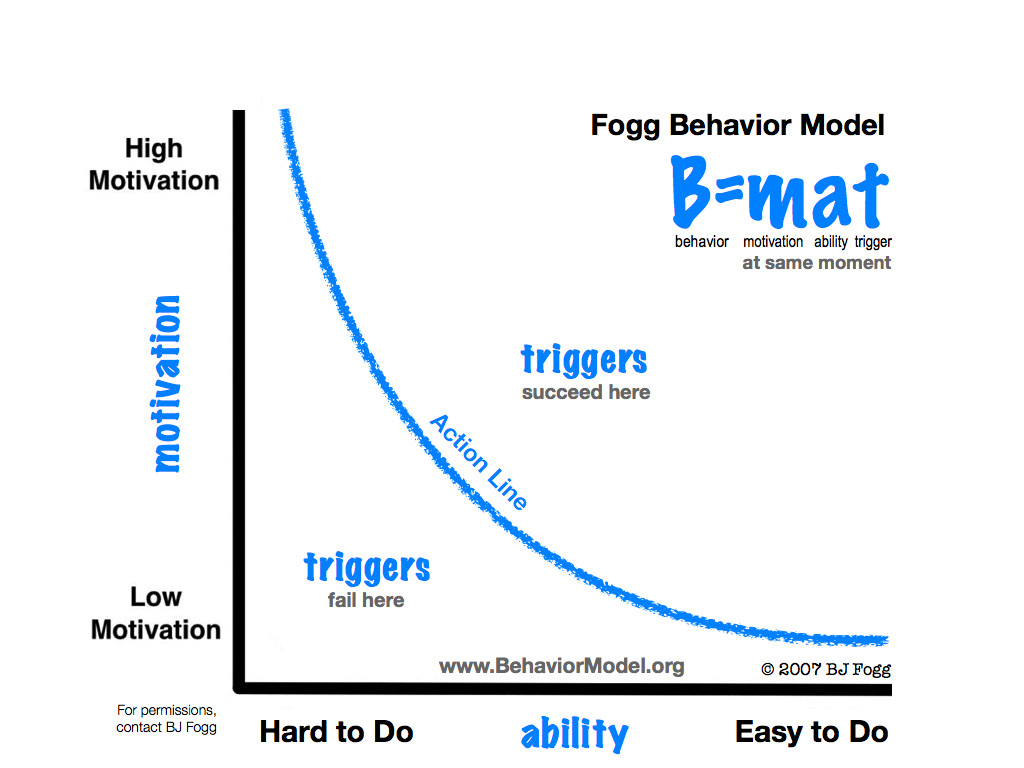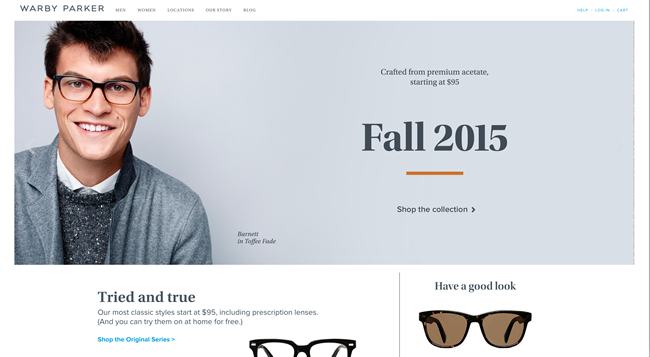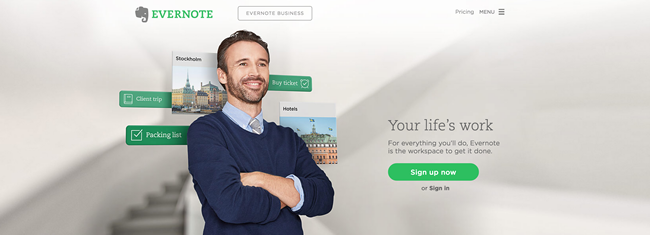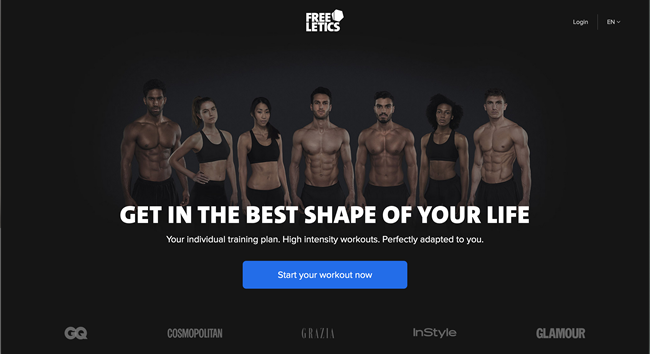Once you have created your website, the main goal is to guide your visitors to behave in a desired way. Kind of like, once you have children, you try to guide their behaviour so they make the right decisions.
However, driving visitor behaviour on your website is a bit easier than raising kids; thank goodness! Dr. BJ Fogg from the Persuasive Technology Lab at Stanford University has done some amazing research on credibility and behaviour design. In this article, we will look at The Fogg Behaviour Model and the insights it can provide to driving visitor behaviour on your website.

What Behaviours Do You Want to Drive?
First things first, what behaviours do you want to drive? What are the key goals of your business and what consumer behaviours will enable you to achieve them? Are you looking for clicks, shares, purchases, or subscriptions? Do you want people to fill out a survey, or leave a comment? Before even creating your website, the behaviours you wish to target should be clarified.

BJ Fogg describes three types of behaviours. Determining which type of behaviour you are hoping to drive, will help you structure your site to reach optimum conversion levels. The three types are: dot, span and path.
- The dot behaviour type is a one-time deal, the customer buys your e-book or some other trinket.
- The span type covers a specific period of time like when a customer participates in your five day course or extended webinar.
- The path behaviour type is, of course, the most desirable. This is a continuous relationship with the customer/client, such as a monthly subscription for example (or the like).
You may even have different levels of behaviours you target as visitors move through the buying cycle. The important thing is to break down your business goals, and identify how to reach them.
If you have a SaaS business and want visitors to subscribe, you may offer a free 7 day trial (note: this would be a span behaviour type). Your goal would then be to get as many visitors to subscribe to that free trial as possible. After the trial, your goal would be to convince those customers to stay with your company on an ongoing basis (path behaviour type). Then, the target behaviour is subscriptions, and you can work from there to figure out how to increase the amount of visitors who subscribe.
Once you have identified the behaviours you would like to drive, it comes time to identify how to do it. Fogg identified behaviour as being the result of 3 elements; motivation, ability and trigger. Let’s take a closer look at each of these elements.
#1 Motivation – Motivation drives action
It is the core reason which drives a person to do something. Fogg broke motivation down and identified the following core motivators which exist in humans:
Pleasure and pain
These are the most primitive initiators of motivation and they are the most immediate of the three listed here. People respond to the situations that they are in. If situations are pleasurable, people are attracted to them. If they are painful, people will look for a way out. Godiva uses this tactic to motivate consumers using the following terminology, “a full sensory delight…” to describe their new mousse meringues.

The visuals provided, and the language used, suggests a terrifically palatable experience. No wonder they have a huge following and extensive sales. They are promoting pleasure through buying their products. This can also be used on the flip side. A company can offer relief to a painful experience.
Hope and fear
This motivator anticipates something, it’s looking for an experience or otherwise tangible outcome. Hope is of course looking for the good in that outcome, whereas fear anticipates the worst. There are several companies that play well on this motivator, but AA Life is a great example.

They sell life insurance, and motivate consumers using the fear that their family won’t be taken care of if they pass away without insurance. This works well to motivate people to buy their insurance and change that outcome to a more hopeful one.
Acceptance/Rejection
Let’s be real here, no one likes rejection. Since we are all looking for that feeling of acceptance, consumers will gravitate towards those sites, topics and products, that their friends and family would approve of. Warby Parker has created a brilliant method to use the acceptance/rejection motivator.

They send you five pairs of glasses (through their home try on program) and then ask that you take pictures of yourself in them, post them on your social media, and ask for votes on which pair look the best. You are more likely to buy the pair your friends “like”, all while giving Warby exposure! Talk about motivation, you will have your friends and family encouraging your buying decision.
These motivators should be used to generate interest in your product or service in order to influence consumers to take the desired action. Start by looking at your product and what benefits it brings. Does it help prevent bad experiences in the future? Does it create an enjoyable experience now? Does it make someone feel cool or accepted? Whatever your product offers, you want to communicate that as your prime brand message to motivate consumers.
#2 Trigger – Seal the deal
Triggers seal the deal once you have motivated the customer, at least they initiate the sealing of the deal. The trigger is what actually calls the visitor to action. It asks visitors to do the behaviour you desire them to do. No rocket science here!

Evernote’s trigger is the simple green button which prompts users to sign up now.

Oyster is another great example, using the blue button which reads “Try Oyster Unlimited for Free” (even though the contrast can be better). Great move Oyster, tying in a trigger with a benefit!
It is important that your triggers are introduced at the right time and in the right place. You will notice in both of these examples, the websites mention key benefits that the service or product is going to offer, right before the trigger. If you were directed to a page that only read “Sign up now”, consumers wouldn’t. They would wonder why they should. Be sure to have your motivators in place, so the trigger is clicked.

Also important to note is that there are two types of triggers. There are the kind you can do something about right now (those are called hot) and then there are those that you can’t do anything about immediately (like the words “sign up now” with no button leading to it). The latter are cold triggers and not what you’re hoping for when you design your site. Keep the hot triggers (buttons that allow downloads, access, lead into checkout, etc.) in front, ready for the visitors who are motivated and able to act. (As in the examples above)
#3 Ability – Complete the purchase
After a consumer has the motivation to buy a product or service and clicks the trigger, then comes the process of making the purchase. If customers love the pair of glasses that their friends picked from Warby Parker, or really want some tasty Godiva chocolates, they will look into making the purchase.
However, if they go to the website to do so, and have to navigate through a maze of offers, pop-ups and glitches, the poor usability will cause motivation to sizzle out. You want to ensure a seamless process to get the product. Ensuring that customers have the ability to take the desired behaviour, hassle-free, is a key element to driving that behaviour that you want. Amazon knows the importance of an easy checkout process, and provides a simple 4 step process (seen below) for their customers to help streamline the process.

How Fogg’s 3 Elements Work Together
BJ Fogg’s Sehaviour Model states that behaviour will happen when the 3 elements of motivation, ability and trigger come together.
It starts with identifying your target behaviours, finding what motivators exist for those behaviours, and using those in marketing. Once visitors get to your site, go ahead and remind them again of the benefits that motivated them and show them how to take action with a trigger. Then simplify the process of actually purchasing or subscribing with an easy checkout process. It is the ideal trifecta for driving targeted action.
Once you are able to get these three elements working together, according to Fogg, then you will achieve the desired outcome: more visitors will be converted to clients/customers. Remember the following key takeaways:
- Identify what motivates consumers to buy your product or service and use it.
- Make all your triggers clear, concise, actionable, and presented along with your motivator.
- Ensure that it is easy for users to checkout or take the desired action. The simpler the better!
Conversion rate optimisation is a lot easier when considering the pieces that make it happen. When you know the recipe for influencing behaviour, you can more easily audit your marketing materials, brand messages, and website, to ensure they are all in alignment for your success!

